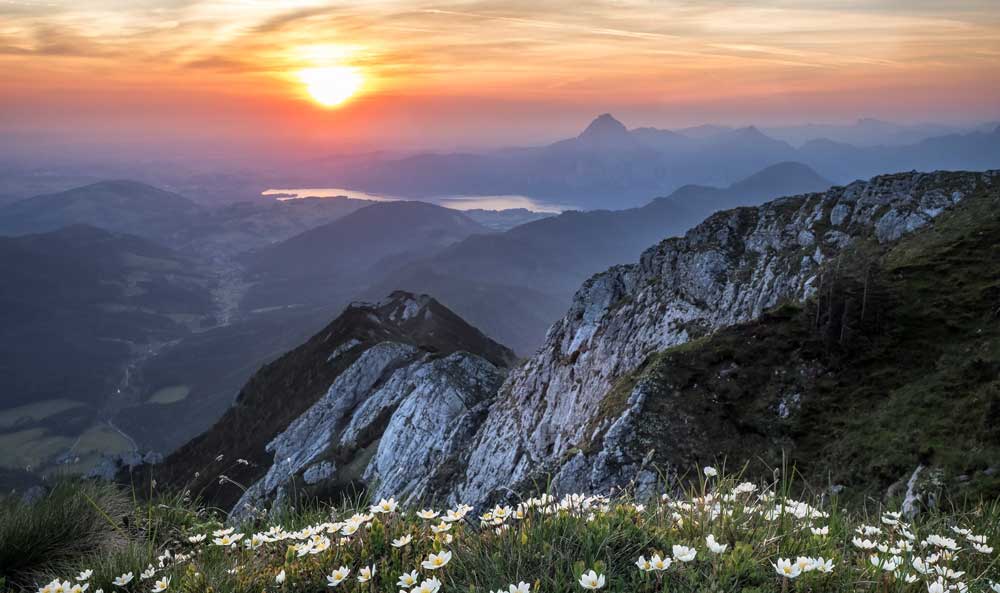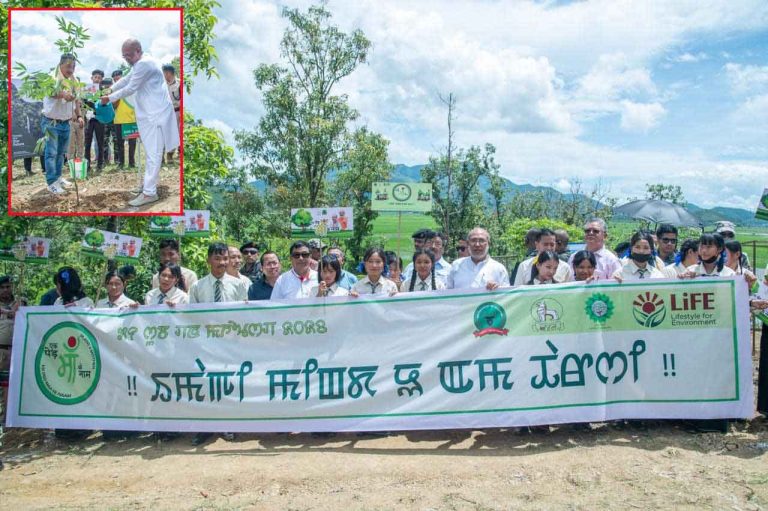N. Munal Meitei, Environmentalist
nmunall@yahoo.in

Mountains are one of the oldest nature’s pristine structures, stolid and regal they stand against the sky, of such a size that they can catch entire countrysides in their shadow, and turn back the ravages of storms against their unflinching sides. They are the source of recreation and resource, with stones of green-dressed slopes to enthusiasts, and to those brave enough to delve into their stony sides.
Mountains are one of the most beautiful and interesting geological features that nature has to offer us. Mountains have served as playgrounds and places of worship for countless generations – a mainstay for so many people and cultures.
International Mountain Day is observed on 11 December to celebrate the beauty of mountains and their values. Mountains are recognized as particularly sensitive physical environments where intense and rapid changes have taken in the past and may increase in the future. Manipur being with 90% hills has the relevance to celebrate this unique day.
‘Restoring mountain ecosystems’ is the theme of this year. Mountains cover around 27% of the Earth’s land surface and host about half of the world’s biodiversity hotspots. As the water towers of the world, they supply freshwater to an estimated half of humanity. Mountains are home to an extraordinary range of plants and animals and to many culturally diverse communities with different languages and traditions.
From climate regulation and water provisioning to soil maintenance and conservation, mountains are key to our lives and livelihoods. They contribute to food and nutrition and play a crucial role in sustainable economic growth.
Mountains are natural jewels, we should treasure. Mountains are a hugely important type of ecosystem that provide freshwater for half of humanity. Freshwater from mountains is fundamental for global food security, used for irrigation in many lowland regions. They provide fresh water for everyday life to half of humanity, helping to sustain agriculture and supply clean energy and medicines.
This theme was selected to include mountains in the UN Decade on Ecosystem Restoration 2021–2030 led by FAO and the UNEP. The Decade is an opportunity to draw together political support, scientific research and financial resources to significantly scale-up restoration and prevent further degradation of mountain ecosystems.
Unfortunately, mountains are under threat from climate change and over-exploitation such as unsustainable farming, commercial mining and logging. With global warming, mountain glaciers are melting, affecting freshwater supplies downstream for millions of people. In addition, land overuse and land cover change accelerate migration, biodiversity loss and ecosystem degradation.
Yet mountains are starker under threat from climate change and unsustainable development, escalating risks for both the mountain communities and the rest of the world. Climate change threatens the flow of water and fast-rising temperatures are forcing mountain species and people that depend on these ecosystems to adapt or migrate. Steep slopes mean the clearing of forest for farming, settlements or infrastructure causes soil erosion and loss of habitat. According to IPCC, up to 84% of endemic mountain species are at risk of extinction, while populations of other montane plant and animal species are projected to decline and extinction.
The UN General Assembly also recently proclaimed 2023–2027 “Five Years of Action for the Development of Mountain Regions” to attract grants and strengthen cooperation for sustainable mountain development. Almost half the human population depends on mountains for water, food and energy. Mountain farming has been a model for centuries as are inherently green and low-carbon footprint. Of the 20 plant species that supply 80% of the world’s food, six are diversified and originated in mountains: maize, potatoes, barley, sorghum, tomatoes and apples.
Mountains are early indicators of climate change and as global climate continues to warm, mountain people – some of the world’s hungriest and poorest – face greater struggles to survive. Climate-induced disasters, combined with political, economic and social marginalization, increase the vulnerability of mountain peoples to food shortages and extreme poverty.
Mountain ranges are the primary depository for pollutants. For example, the impacts of plastic pollution are heavily felt in mountainous regions. Indeed, plastic is the most common type of waste found in mountains, a trend driven by tourism.
However, mountains are vulnerable to a host of natural and anthropogenic threats, including seismic hazards, fire, climate change, land cover change and agricultural intensification and armed conflict. These pressures degrade mountain environments and affect ecosystem services and livelihoods. Thus the fragility of mountain ecosystems represents a considerable challenge to sustainable development.
Mountains are ubiquitous and 90% of the world’s mountain dwellers live in developing countries, where a vast majority live below the poverty line and 1 out of 3 faces the threat of food insecurity. Mountains not only provide sustenance and well-being to 915 million global people but also indirectly benefit billions living downstream.
Mountains are places of tourism and cultural trails. Mountain tourism accounts for about 18% of the global tourism industry. Mountain populations have unique and valuable local knowledge, tradition and cultural practices that can contribute to effective land management strategies and climate adaptation.
Mountains have a key role to play in providing renewable energy, especially through hydropower, solar power, wind power and biogas. Hydropower currently provides around a fifth of all electricity worldwide and some countries rely 100% of their requirements.
Traditional medicines and many forms of handicrafts that spring up from the minds of mountain people that were kept un-touched for centuries towered the edifices into their legacies. Mountains are necessary for the health and well-being of the flora and fauna that call them their home.
The world’s mountains encompass some of the most spectacular landscapes, a wide variety of ecosystems, a great diversity of species and distinctive human communities. Genetic diversity is higher in mountain regions. When mountain communities disintegrate, the entire cultures and languages disappear.
Mountains have acted as refuges from environmental changes or competing species and they often represent sites of in situ speciation. Due to global warming species that are endemic in these areas can become “trapped” and may disappear as their habitat is reduced.
Changes in precipitation patterns and rising temperatures result in reducing the water-holding capacity of the mountain range. Habitat degradation caused by massive deforestation results in soil erosion, landslides, flooding and food insecurity. With this change in habitat, rare species of plants and animals can face extinction.
This day can be celebrated in the cavalcade ways to discover the hiding beauties, hiking along the trails and enjoying the mountain nature in all its glory and untouched wilderness. However, mountains are hugely vulnerable to natural and anthropogenic threats that degrade the mountain ecosystem and the livelihoods of billions of people. Therefore with the coming of this day, let’s join hands to save the mountains and hills for the survival of the Planet.














+ There are no comments
Add yours